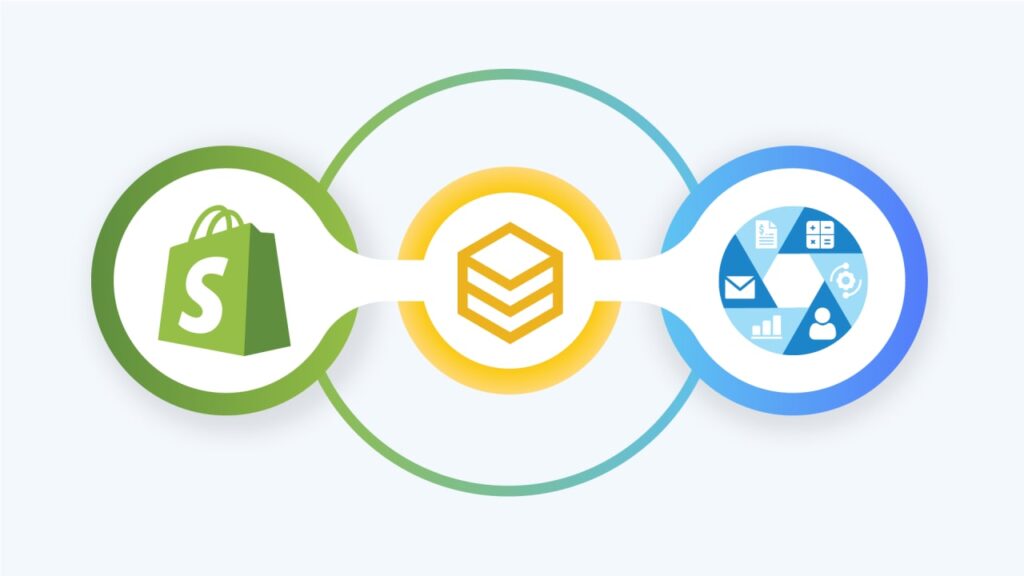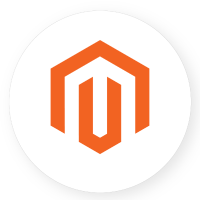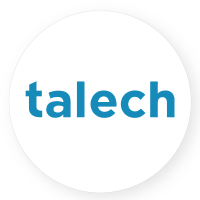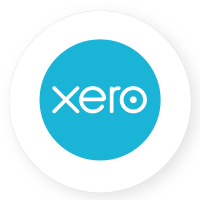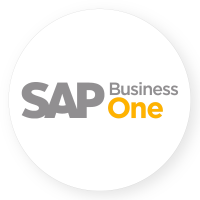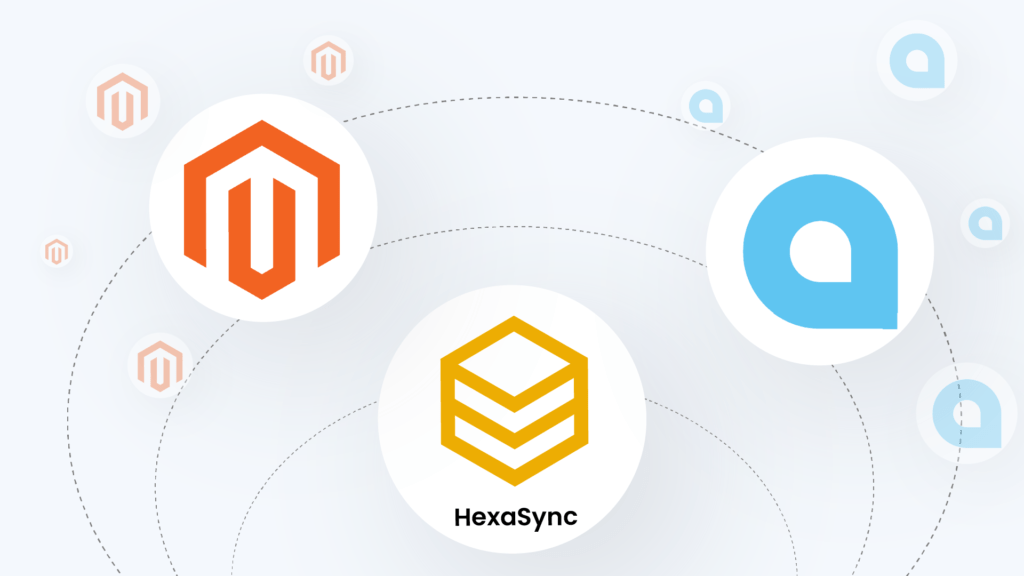When you’ve decided to launch an online e-commerce store using Magento 2, you might be wondering which edition, Open Source or Commerce, is best for you. The names have changed over the past few years, so the two products that you may have known as Magento Enterprise Edition and Magento Community Edition are now referred to as “Magento Commerce” and “Magento Open Source.” Even platform experts find it difficult to remember all of the minor distinctions between Magento editions. This article will highlight significant differences in functionality, cost, and flexibility between these two editions. The Magento Open Source vs Magento Commerce comparison will provide you with an overview of the two leading platforms for launching an online store.
Table of Contents
Overview
Anyone can download and use Magento Open Source, formerly known as Community Edition, to create an online store for free. That sounds fantastic, but it means you’ll have to put in a lot of effort on your end to get things up and running, which means it won’t be cheap when all is said and done. Besides, merchants can extend the fundamental capabilities of Magento 2 Open Source Edition with carefully built modules, such as those mentioned in our catalog, to gain access to certain additional functionality.
Magento Open Source is suitable for growing organizations, startups, and small enterprises since it allows you to test features and logic quickly and affordably.
According to Builtwith, there are 743,682 websites using Magento and 198,120 currently live websites.
Magento Commerce, also known as Enterprise Edition, is a commercial version of Magento that contains many more advanced features, more customization options, and Adobe’s (the company that owns Magento) updates and support. The annual licensing pricing for Magento Commerce starts at $24,000. Magento Commerce Cloud is a platform-as-a-service hosted solution that is available as an on-premise solution or as a platform-as-a-service hosted solution. Although some platform upgrades will be done automatically on the Cloud platform, the codebase for the two Commerce choices is largely the same.
Magento Commerce vs Shopify Plus?
Magento Commerce Edition is designed for B2B businesses and stores that have a high volume of customers, vast product catalogs, a global presence, or a high level of business complexity.
According to Builtwith, there are 35,499 websites using Magento and 6,162 currently live websites.
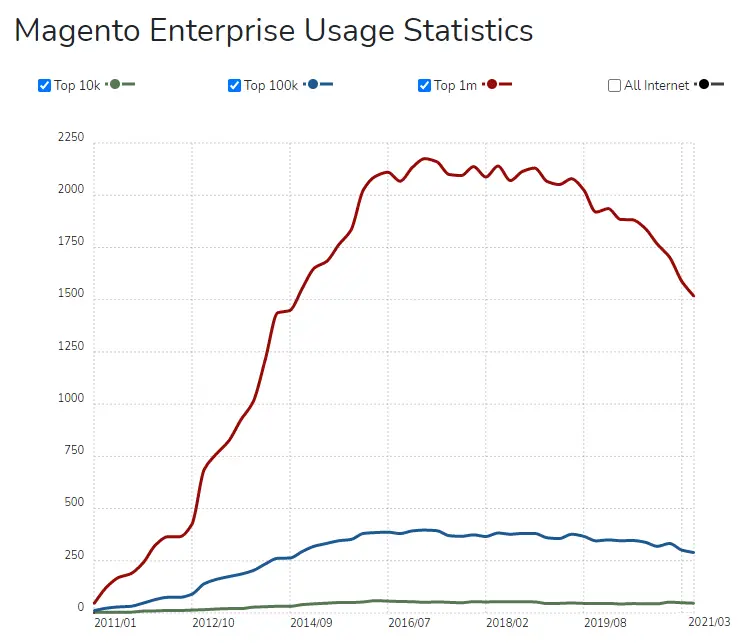
Magento Open Source vs Magento Commerce
Hosting
Magento Open Source is a self-hosted version of Magento. You can either host it on your own computer or hire a server from a hosting company. Hosting providers, like Cloudways or Nexcess, are a popular choice because you don’t have to worry about server maintenance and support, and the cost of eCommerce hosting is relatively modest. However, on-premise hosting may endanger your company’s scalability; while selecting a hosting provider for a Magento Open Source, you should consider memory limits and any other server configuration.
Magento Commerce is hosted by Magento’s Web Operations Team and is hosted on AWS. This not only answers the question of where to locate a dependable hosting company, but it also means that your website will be hosted by a dedicated team of people who can ensure that it runs at its best.
Reliable web hosting, for example, might cost anything from $50 to $500 per month. Here’s a quick rundown of the most well-known Magento hosting companies.
| Providers | Price |
| Hostinger | From $2.59/mo |
| Bluehost | From $2.95/mo |
| A2 Hosting | From $2.99/mo |
| Fastcomet | From $3.48/mo |
| SiteGround | From $3.95/mo |
| Hostgator | From $5.95/mo |
| Scala Hosting | From $9.95/mo |
| Cloudways | From $10/mo |
| Nexcess | From $49/mo |
| Magemojo | From $98/mo |
Pricing
You can download Magento Open Source for free. You’ll still have to pay for a web developer, web hosting, and any other necessary integration charges to establish and manage your site, as mentioned above. These expenses can add up quickly. Reliable web hosting, for example, might cost anything from $50 to $500 per month.
If you want to run Magento Commerce Edition, the cost will depend on your business requirements. You’ll need to request a personalized quotation to learn about Magento pricing that is specific to your company. The overall cost will be determined by the average order value and annual online income of your business. This might range from roughly $22,000 per year to $125,000 per year.
| Av. Gross Sales Revenue | Magento 2 Commerce | Magento 2 Commerce Cloud |
| < $1,000,000 | $22,000 | $40,000 |
| $1,000,000 – $5,000,000 | $32,000 | $55,000 |
| $5,000,000 – $10,000,000 | $49,000 | $80,000 |
| $10,000,000 – $25,000,000 | $75,000 | $120,000 |
| > $25,000,000 | $125,000 | $190,000 |
Features and Functionality
Both Magento Open Source and Magento Commerce have the following capabilities:
A full feature list is available here. As we’ve seen, the software for both Editions is fundamentally the same, but certain features are only available in the Commerce edition.
What are the key differences between Editions?
Magento 2 Commerce is distinguished by these key features:
PAGE BUILDER AND CONTENT STAGING
Allowing your business teams to effortlessly generate, preview, and schedule content changes without involving IT will boost sales and productivity. Text, photos, video, sliders, and more may all be combined in versatile layouts using a simple drag-and-drop interface.
To ensure a faultless consumer experience, preview all changes by date or store view, and manage all changes through a timeline dashboard to optimize the timing and impact of site upgrades. Automate the deployment of updates at predetermined intervals to improve efficiency.
CUSTOMER SEGMENTATION AND PERSONALIZATION
Create tailored shopping experiences that increase conversion rates by dynamically displaying information, promotions, and pricing to specific customers based on their location, gender, order history, lifetime purchase value, wish list items, and other factors. You can even target unidentified site users based on the products they’ve looked at or the goods in their shopping cart.
DYNAMIC RULE-BASED PRODUCT RELATIONS
Set up automatic criteria to identify which goods to present to each customer segment as up-sells, cross-sells, and related products. You may quickly administrate rules using a condition-based tool, which allows you to target product suggestions to enhance sales and average order values.
INSTANT PURCHASE
Boost conversion rates for returning shoppers with a new Instant Purchase checkout option. Customers can use previously stored payment credentials and shipping information to skip checkout steps, making the process faster and easier, especially for mobile shoppers.
VISUAL MERCHANDISING
Organize products using a simple drag-and-drop interface or sorting criteria that order products by top seller, color, highest margin, or the newest addition to increase sales on product category sites. Set rules to automatically allocate products to specific categories based on variables like brand, price, or creation date to save time.
POWERFUL BUSINESS INTELLIGENCE CAPABILITIES
By equipping your teams with capabilities, you can use your data to drive growth. To get a 360-degree perspective of your business, you can easily access and analyze your Magento data as well as data from other sources. As you learn more about your consumers, evaluate marketing ROI, retention efforts, conversion rates, and more.
RESPONSIVE DESIGN THEMES
Using the built-in responsive design reference themes, quickly develop a website that is optimized for any device. The responsive themes modify the appearance of menus, graphics, checkout, and other features to fit the screens of desktop, laptop, tablet, and mobile devices. Themes are touch-friendly, simple to change, and SEO-friendly.
PROGRESSIVE WEB APPLICATION (PWA) STUDIO
Helping merchants and developers build dependable, fast, and compelling mobile experiences in order to maximize conversion rates and engagement. Deliver app-like features such as beautiful visuals that are well suited to the small screen, usability with restricted network connectivity, and native push notification access. With reference themes, guided development, and open web standards, you can reduce time to market and the total cost of ownership.
INTEGRATED B2B FUNCTIONALITY
Improve your company’s buyer experience to boost loyalty, cut costs, and generate new revenue. With simple self-service tools, empower your business customers to create company accounts, set up numerous buyers, and define their individual roles and duties. Create unique catalogs and price lists to ensure that buyers obtain contract terms and payment options when purchasing online. Repeat purchases and long-term client loyalty are encouraged through fast, frictionless purchasing with rapid order forms, requisition lists, and a streamlined request-for-quote workflow.
INVENTORY MANAGEMENT
Integrated multi-source inventory and shipping management capabilities boost operational efficiency. Define business rules to control when orders are fulfilled from each site to avoid stockouts and accelerate delivery. Assign and track products across multiple locations and set business rules to control when orders are fulfilled from each location.
POWERFUL ADMIN EXPERIENCE
With a modern and intuitive user interface, you can work more efficiently. A dashboard allows you to keep track of your business by providing rapid access to information such as sales, orders, search terms, and best-selling products. It’s easier to access information with improved navigation and search, and management panels can be personalized and saved to make day-to-day chores go faster.
TECHNICAL AND ACCOUNT SUPPORT
Magento Technical Support is accessible 24 hours a day, seven days a week to assist you with technical difficulties and inquiries. Specialist Account Managers get to know your business so they can direct you to the appropriate resources and help you get the most out of your Magento platform.
CLOUD INFRASTRUCTURE
Rather than worrying about your IT infrastructure, concentrate on building your business. You can run any Magento store with the Magento Commerce cloud, a secure cloud-based environment. You can provide the experience your consumers expect with high availability and scalability, as well as top performance given by high-speed CDN and performance control tools.
Magento has really enhanced its Commerce offering in recent years. There used to be virtually little difference in terms of functionality, but that has all changed today. Page builder, visual merchandising, content staging and preview, and the new B2B suite are just a few examples of features that make it a lot easier to justify. You’ll notice that the Commerce Edition has a lot more functionality. Nonetheless, the latter is more configurable and allows retailers to use extensions to offer the features they require. As a result, you have complete control over the features you pay for. If you don’t require all of Magento Commerce’s capabilities, pick the ones that are most important to your business.
Partners and Marketplace
Magento has a long experience in the marketplace around the world. With over 250 Solution partners available, a global community of Solution Partners, Technology Partners, and Community Insiders is ready to help with a wide range of use cases and provide experience in everything from site design, installation, and support to utilizing today’s most innovative business technologies.

Magento takes a step forward in providing high-quality plugins to its users, as well as ensuring easy discoverability and community trust. The official Magento extension shop, Magento Marketplace, is a global eCommerce repository for applications and services that add significant new features and functionality to Magento solutions. You can improve Magento Open Source for the full suite of options and support. With any functionalities or features on Magento Commerce, there are always available extensions to bring out the most customization.

Both Magento Open Source and Magento Commerce can be enhanced but the prices are not quite the same. Extensions for Commerce Edition are usually double as much as Open Source ones. Still, the features are the same.
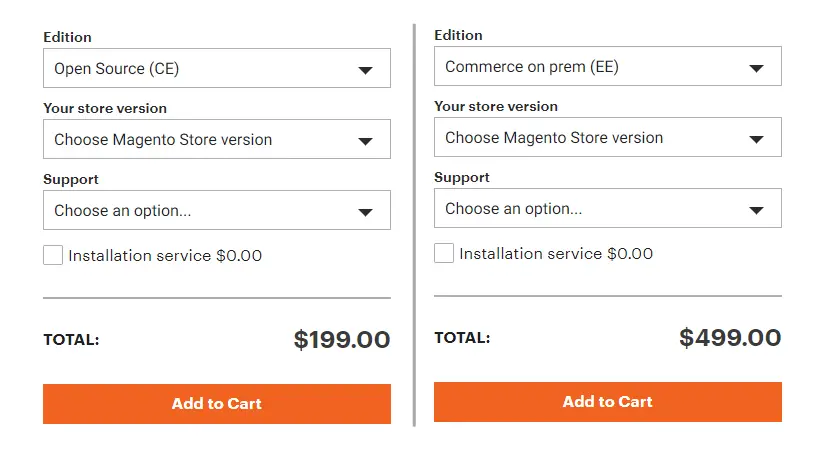
Can Open Source have full features as Commerce?
Magento is powered by a global team of over 260,000 developers who are constantly innovating and adding new features to help merchants create compelling, distinct digital commerce experiences. However, Magento Commerce offers a lot of features that your store might not need. Instead of paying $24,000 a year, you can install extensions for your Open Source Edition. The installation service fee depends on providers, and if you have your own development team that won’t be a problem anymore. Below are some examples of extensions that work the same as Commerce features:
| Extensions | Price | Providers |
| Page Builder | $129 | Amasty, Magesolution, Magezon |
| Customer Segmentation | $199 | Amasty, Aheadwork, Marketplace |
| Automatic Related Products | $309 | Amasty, Mageplaza, Aheadwork |
| Quick Order | $199 | Amasty, Mageplaza, Bsscommerce |
| Visual Merchandiser | $239 | Amasty, Marketplace, Magespacex |
| B2B Ecommerce Suite | $699 | Amasty, Bsscommerce, Mageplaza |
| Multi Warehouse Inventory | $349 | Amasty, Magestore, Aitoc |
| Advanced Reports | $319 | Amasty, Mageplaza, Aheadwork |
| Advanced Search | $249 | Amasty, Aheadwork, Mageworx |
There are numerous free and premium Magento 2 extensions available. The costs can greatly depend on your needs and expectations.
There are no precise costing criteria or ranges for Magento plugins. Suppose that a site requires at least ten extensions, which may cost somewhere between $1,000 and $2,000.

Support services for extensions are free for 3 – 6 months depending on the providers. Other than that you have to pay a monthly fee for support services. On the other hand, Magento Technical Support (Commerce only) is available by phone or online 24 hours a day, 7 days a week to assist you with diagnosing and resolving fundamental product issues.
Conclusion
Magento’s power comes from the platform’s intrinsic versatility, which means it can do just about anything you can think of. The choice between Open Source and Commerce, like choosing between platforms, comes down to the budgets of your organization and your overall strategy. When it comes to eCommerce, every customer has their own wish list and requirements. The key to designing and implementing efficient and effective solutions is respecting your client’s needs. You can view our Magento vs Shopify comparison here.




